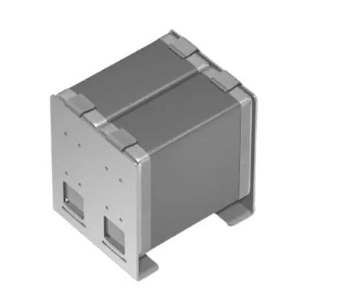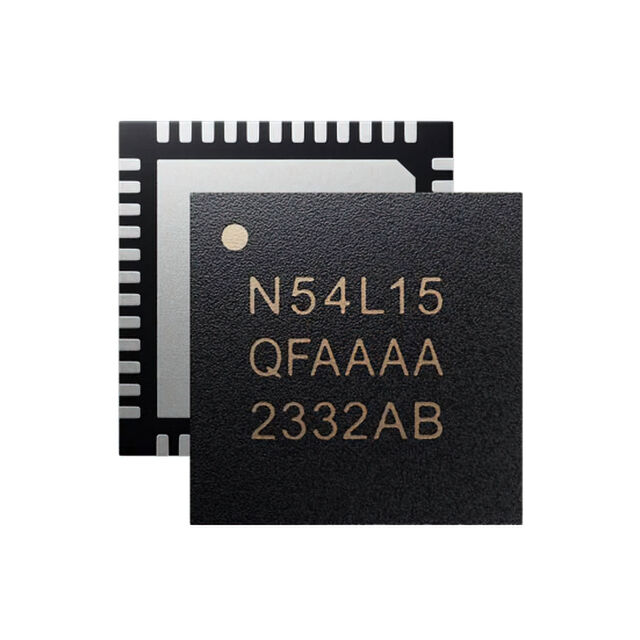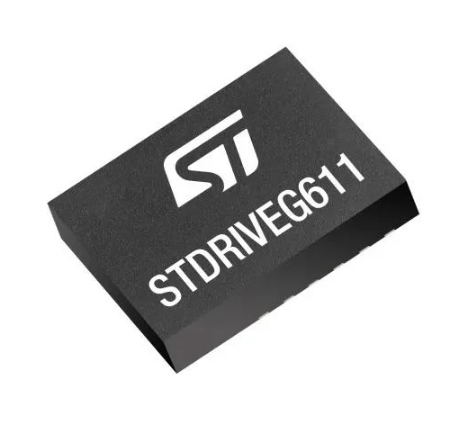3D-printed ‘hydrocell’ grown to replace animal testing in cosmetics
Scientists in Austria and India are growing human skin – in a lab … with the help of 3D printing. The reason for this is to replace the need for cosmetic testing on animals.
Researchers at Graz University of Technology (TU Graz) and the Vellore Institute of Technology (VIT) are collaborating to develop artificial skin models that closely mimic the structure and function of real human skin. These models are designed to test how nanoparticles in cosmetic products interact with human skin, without needing to carry out animal testing.
The process begins with hydrogel which, given its very high water content, makes it an ideal environment for living skin cells to survive, grow, and multiply. These cells are suspended within the hydrogel and then the cell-laden hydrogel is 3D-printed into a layered structure that resembles natural skin, including its three-layer tissue architecture.
However, printing is just the beginning. Once the hydrogel and cells have been deposited in the correct shape, the structure is placed in a controlled cell culture environment, and over the following two to three weeks, the embedded skin cells begin to behave like they would in the body – growing and organising themselves into skin-like tissue.
This development process relies on the hydrogel providing enough mechanical stability to support the growing tissue, not only that, it also needs to be biologically safe so that the cells are not damaged by the printing process or any additives used to stiffen the material. Researchers at TU Graz are exploring gentle cross-linking techniques to stabilise the structure of the hydrogel without using toxic substances. These methods aim to mimic natural processes, allowing the printed skin to hold its shape while supporting healthy cell growth.
If the skin cells survive and begin forming tissue, the result is a living skin model that is biologically close enough to human skin to be used in testing. Early trials have shown that the 3D-printed, cross-linked materials are non-toxic and mechanically stable, and that cells can survive and begin forming skin tissue. These early successes mean that these models could be used as realistic testbeds for assessing the behaviour of cosmetic ingredients on human skin – including how nanoparticles from products such as sun cream interact with the skin barrier.
The work draws on the combined strengths of both TU Graz and its expertise in materials for tissue engineering, and VIT's knowledge of molecular and cell biology. Together, they are refining the hydrogel formulations and validating the models for broader use.
In the EU, animal testing for cosmetics has been banned under Directive 2010/63/EU, and this has driven demand for realistic, reproducible human skin models that can replace traditional tests, and so projects like this one could provide a practical alternative by using engineered materials and cell biology in tandem.







